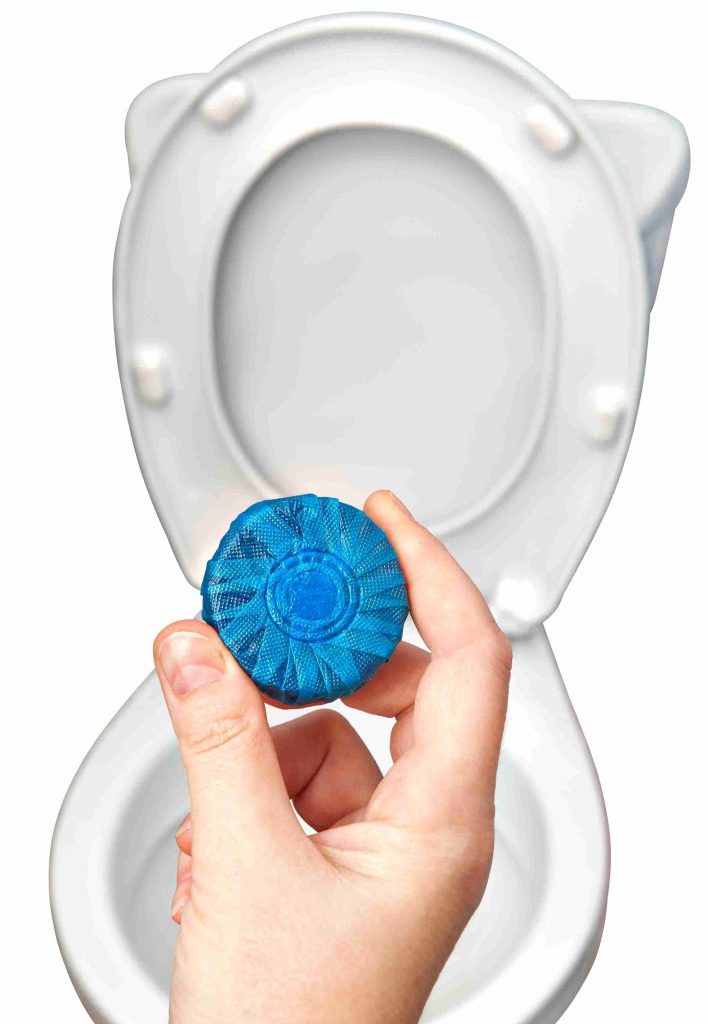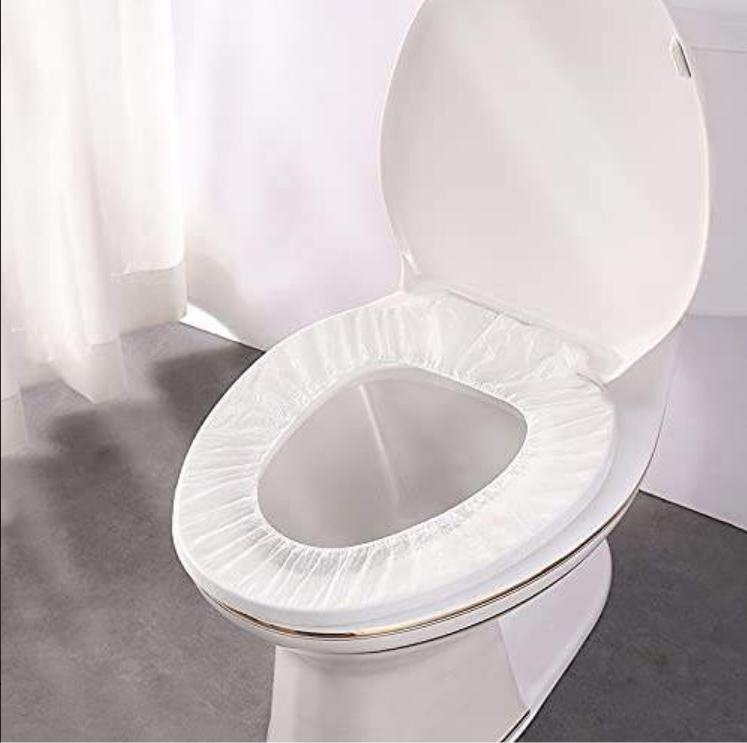In public hygiene, success doesn’t always come from sweeping changes—it often starts with small, smart interventions. Take restrooms, for example: while touchless faucets and automated flush systems get the spotlight, there’s one humble hero that often goes unnoticed—the disposable toilet seat cover. As expectations for cleanliness rise across airports, offices, restaurants, and beyond, facility managers are realizing that perceived hygiene is just as important as actual sanitation. In that context, something as simple as disposable toilet seat covers becomes more than a paper product—it becomes a symbol of care, safety, and modern operations. For B2B suppliers, it’s a chance to offer practical solutions that improve user experience and elevate hygiene standards without reinventing the entire restroom.
Toilet Seat Covers:The Smallest Details Make the Biggest Difference
In the world of public hygiene, the biggest improvements often start with the smallest, most overlooked details. High-touch surfaces like elevator buttons, door handles, and shared sinks have long been recognized as hygiene hotspots, drawing attention and innovation. However, there’s one critical area that quietly shapes the entire public restroom experience: the toilet seat. Despite being an essential fixture, it often escapes the same level of focus. Yet, it’s a direct point of contact, carrying both hygiene and user perception weight. Cleanliness here isn’t just about appearance—it signals overall facility standards, impacts user comfort, and even influences brand reputation in hospitality, retail, and public spaces. As hygiene expectations rise, rethinking toilet seat design, materials, and cleaning protocols offers a surprisingly high return on trust and satisfaction. In short, mastering this one detail can elevate the entire restroom experience from functional to exceptional.
Why Restroom Experience Is a Business Concern
For facility managers, hospitality operators, and cleaning service providers, restroom maintenance is no longer just a basic task to tick off. It has become a direct reflection of a company’s attention to detail, customer care, and overall brand values. A spotless, well-maintained restroom can significantly boost customer satisfaction, while a neglected one risks damaging brand perception and sparking negative online reviews. In today’s hyper-connected world, where every guest holds a digital megaphone, cleanliness equals credibility. Visitors expect high standards—not just in lobbies or guest rooms, but in every corner, especially restrooms. As public awareness of hygiene grows, upgrading restroom facilities is no longer seen as a nice-to-have, but a competitive necessity. Smart operators understand: investing in hygiene isn’t just about appearance—it’s about building trust, protecting reputation, and staying ahead in a market where expectations keep rising.
Disposable Toilet Seat Covers: Quietly Doing Important Work
This shift in expectations has sparked a growing focus on user-first design in restroom facilities and supplies. It’s no longer enough to simply provide basic amenities—visitors now look for thoughtful touches that prioritize hygiene, comfort, and peace of mind. While innovations like touchless faucets, sensor-activated flush systems, and automatic soap dispensers have become standard, there’s another subtle yet impactful upgrade gaining traction: disposable toilet seat covers. Though less flashy, they offer a simple, cost-effective way to enhance hygiene and reassure users in shared spaces. Their presence signals that an establishment cares about even the most personal aspects of the restroom experience. For facility managers and hospitality brands, adopting these small but meaningful details helps bridge the gap between functional cleanliness and elevated user comfort. In today’s hygiene-conscious world, it’s these quiet upgrades that often leave the loudest impression.

Design Matters: Flushable, Functional, and Facility-Friendly
Unlike traditional methods that depend solely on frequent manual cleaning, disposable toilet seat covers introduce an extra, visible layer of protection. This simple addition does more than meet hygiene standards—it boosts users’ sense of safety and gives them control over their own experience. In public restrooms, perception matters just as much as reality. Knowing they have a fresh, personal barrier provides immediate reassurance, especially in shared, high-touch spaces. For high-traffic environments like airports, restaurants, shopping malls, and office buildings, where continuous deep cleaning isn’t always feasible, this becomes a smart, practical solution. Seat covers help maintain hygiene in between cleaning cycles, bridging the gap and preserving a clean, cared-for appearance throughout the day.
It’s a small, low-cost detail, but in a time when cleanliness equals credibility, these subtle upgrades can significantly elevate the overall user experience and protect brand reputation.
Small Product, Big Value in the B2B Space
Manufacturers are stepping up with flushable, biodegradable, and easy-dispense toilet seat covers, specifically designed to integrate seamlessly into existing dispenser systems. Though the product itself is simple, its impact reaches far beyond surface-level convenience. By reducing user complaints, improving restroom turnover rates, and fostering a more hygienic, touch-free environment, these covers quietly enhance operational efficiency. For facility managers, this means smoother day-to-day management and a better overall user experience. For suppliers and distributors, it represents a low-cost, high-impact solution that perfectly aligns with modern hygiene expectations and ESG goals. In an era where public health, user perception, and sustainability are closely linked, small interventions like these deliver outsized returns. A lightweight sheet of paper might seem minor, but for forward-thinking operators, it’s a strategic tool—providing peace of mind, elevating brand standards, and signaling a proactive approach to hygiene excellence.
Conclusion
Because when it comes to public restrooms, the little things—like a seat cover—aren’t so little after all. These small, often-overlooked details play a big role in shaping how people perceive cleanliness, safety, and even the overall reputation of a facility. In high-traffic environments, where first impressions are formed in seconds, a simple seat cover becomes a signal of care, quality, and attention to detail. It’s not just about hygiene—it’s about giving users confidence and control. For businesses, this small gesture can translate into higher satisfaction, stronger loyalty, and fewer complaints. In the end, it’s these “small” upgrades that quietly deliver the biggest returns.


